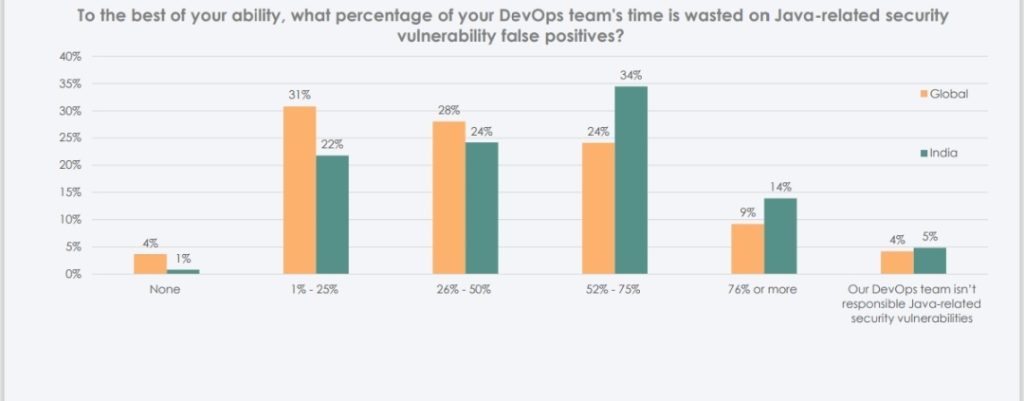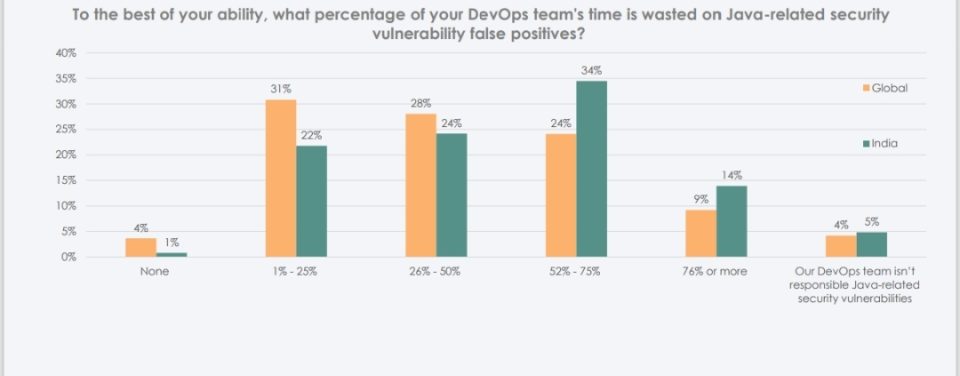Azul 2025 State of Java Survey & Report: A CX Perspective
Java remains a cornerstone for enterprise applications, but shifting dynamics are reshaping how organizations manage and utilize this critical technology. The recently released Azul 2025 State of Java Survey & Report highlights these trends, offering key insights into the challenges and opportunities faced by Java professionals. The report’s findings underscore the growing dissatisfaction with Oracle Java, increasing focus on cloud optimization, and Java’s emerging role in artificial intelligence (AI).
This article explores the survey’s revelations, focusing on customer experience (CX) implications, particularly in India. The active voice ensures clarity, while transitions guide the narrative, presenting a cohesive understanding of how Java impacts enterprises today.
Rising Concerns with Oracle Java
The survey reveals a notable shift among enterprises. Globally, 88% of respondents are considering alternatives to Oracle Java. In India, this percentage jumps to an astounding 93%, reflecting widespread dissatisfaction. Key reasons driving this shift include:
- Cost concerns: 61% of Indian Java professionals cite high costs as a motivator.
- Preference for open-source: Another 61% favor open-source solutions for their flexibility and transparency.
Since Oracle’s introduction of employee-based pricing, 91% of Indian Java users express concerns about pricing changes. This surpasses the global figure of 82%, indicating heightened sensitivity in India. Moreover, 45% of Indian professionals are open to adopting OpenJDK without paid support, compared to only 25% globally.
These findings underscore a critical CX takeaway: enterprises are prioritizing cost-effective and transparent solutions. Organizations must address customer concerns about pricing and licensing complexities to retain trust and satisfaction.
Impact of Cloud Inefficiencies
Java workloads are central to enterprise cloud strategies, but inefficiencies abound. According to the report, 71% of organizations globally struggle with more than 20% unused cloud compute capacity. This inefficiency reflects poor resource allocation, which directly impacts costs and operational effectiveness.
In India, the reliance on Java exacerbates these challenges, as nearly two-thirds of enterprises attribute over 50% of cloud compute costs to Java workloads. To address these issues, organizations are:
- Optimizing resources: Leveraging efficient compute instances and processors (35%).
- Adopting high-performance JDKs: Utilizing advanced tools to improve performance and reduce cloud expenses (24%).
From a CX perspective, businesses must align their cloud investments with customer expectations for cost efficiency and operational reliability. Transparent communication about cloud strategies can further enhance customer trust.
DevOps Productivity: A Lingering Challenge
Dead or unused Java code significantly hampers DevOps productivity. The survey reveals that 62% of respondents struggle with this issue. In India, 81% of Java professionals report its impact, with nearly half indicating that their teams waste over 50% of their time addressing fake positives from Java-related security vulnerabilities.
These challenges emphasize the importance of streamlined code management and robust security measures. Organizations must prioritize tools and processes that enhance DevOps efficiency to deliver seamless experiences for end-users.
Security remains another pressing concern, with 33% of global respondents stating that DevOps teams spend excessive time resolving false positives. Furthermore, 49% of companies continue to experience vulnerabilities related to Log4j, three years after its initial discovery. Addressing these issues is crucial to safeguarding enterprise applications and maintaining customer confidence.
Java’s Role in AI Development
Java’s robust library ecosystem positions it as a critical tool for AI development. The report highlights that 50% of enterprises globally use Java for building AI functionalities. In India, this percentage climbs to an impressive 67%, reflecting the country’s enthusiasm for leveraging Java in emerging technologies.
However, AI adoption comes with infrastructure challenges. Globally, 72% of respondents indicate a need to expand compute capacity to support AI-driven Java applications. In India, this figure rises to 84%, signaling a pressing need for scalable infrastructure.
From a CX standpoint, businesses must ensure that AI integrations deliver tangible value to customers. Investing in scalable infrastructure and efficient Java-based AI solutions can enhance user satisfaction and foster innovation.
A Shift Toward Open-Source and Alternatives
As organizations seek to mitigate financial and operational risks, many are gravitating toward open-source solutions. The survey identifies cost, open-source preference, and restrictive Oracle policies as the top reasons for considering Oracle Java alternatives.
These preferences highlight a growing demand for transparency, flexibility, and innovation in Java deployments. By embracing open-source distributions like OpenJDK, enterprises can foster a more customer-centric approach to software development.
Implications for Customer Experience
The findings of the Azul 2025 State of Java Survey & Report have significant CX implications. Here are key takeaways:
- Transparent Pricing Models: Organizations must address concerns about pricing and licensing to build trust with customers. Providing clear and predictable cost structures is critical.
- Efficient Cloud Strategies: Aligning cloud investments with actual usage can enhance operational efficiency and reduce costs. Communicating these efforts to customers reinforces their confidence.
- Enhanced DevOps Productivity: Streamlined code management and robust security measures can minimize disruptions and improve user experiences.
- Scalable AI Infrastructure: Investing in scalable solutions ensures that AI functionalities deliver measurable benefits to customers.
- Open-Source Adoption: Embracing open-source distributions demonstrates a commitment to flexibility and innovation, aligning with customer expectations.
Conclusion
The Azul 2025 State of Java Survey & Report paints a clear picture of the evolving Java landscape. As enterprises grapple with rising costs, cloud inefficiencies, and DevOps challenges, they are also embracing new opportunities in AI development and open-source adoption.

From a CX perspective, these trends highlight the need for customer-focused strategies that address pricing concerns, optimize resource allocation, and deliver innovative solutions. By prioritizing transparency, efficiency, and scalability, businesses can leverage Java to drive value and enhance customer satisfaction in an increasingly competitive market.
For more details, access the full report at www.azul.com/state-of-java-2025.

